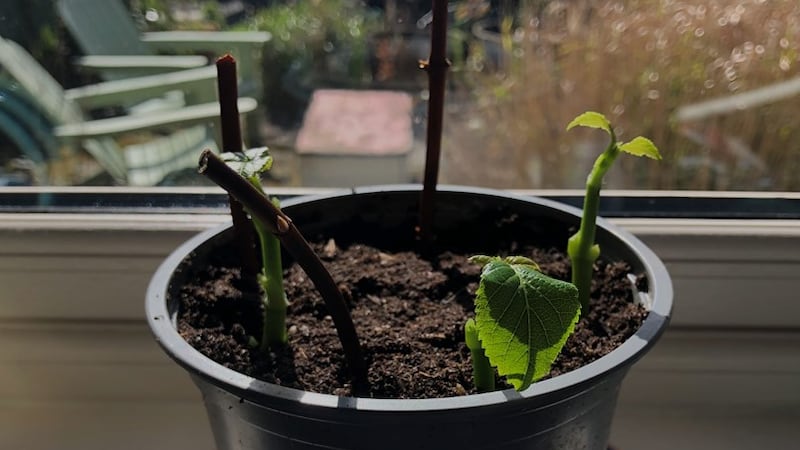FROM detecting glaucoma to monitoring diabetic related eye complications and even identifying conditions such as high blood pressure and heart disease, regular eye tests should be a vital part of our health care regime.
There have been huge technological advances in the world of eye health in recent years, with Optical Coherence Tomography (OCT) heralded as the most important diagnostic advance in ophthalmology.
OCT is an eye imaging technique that provides high resolution and cross-sectional images of the eye. It offers early diagnosis of any eye conditions allowing you to receive treatment before conditions worsen or to help you manage any diseases of the eye.
It is similar to an ultrasound but uses light rather than sound waves to image the different layers that make up the structures at the front and the back of the eye.
With OCT, the ophthalmologist can see each of the retina’s distinctive layers and can thus map and measure their thickness. These measurements help to evaluate disorders of the optic nerve, such as glaucoma – the second most common cause of inreversible blindness in the Britain and Ireland.
As the condition, which causes damage to the optic nerve, is not painful and as deterioriation is gradual, many patients may be unaware they have it until they start to loose significant vision. Therefore regular eye examinations are essential in picking up glaucoma at its earliest stage to prevent ongoing damage, tunnel vision and blindness.
I was invited to experience this first-hand at Sweeney's Opticians, part of the 3fivetwo Group, based at Kingsbridge Hospital on Belfast's Lisburn Road.
With my grandfather having suffered sight-loss due to glaucoma I decided to find out more. I had slight trepidation about what the new technology could detect – but I needn't have worried, as my optometrist Shane Higgins soon put me at ease.
Sweeney's offer both NHS and private appointments, with the OCT test an additional add-on priced at £35. The NHS offer free sight test to those over 40 with a first degree relative with glaucoma.
First, I had a comprehensive digital eye examination, including measuring eye pressure and visual field range.
Then it was time for the OCT examination, using the high-tech Heidelberg Spectralis 4D ICT eye-scanner, which is heralded as a machine that looks 10 years into the future of your eye health.
The examination was completely non-invasive and only takes five minutes. You simply stare at a blue dot as the examiner moves the instrument towards your eye without touching you and a light beam scans your eye, taking 61 high resolutions images.
Thankfully, my test showed a healthy eye.
"A thorough eye examination including OCT should be the first choice for patients with family history of glaucoma as they are at an increased risk of developing the condition," explains Shane.
"OCT scans of the optic nerve allow for detection of very subtle nerve damage that only becomes apparent after many years. Standard testing will only pick glaucoma up when greater than 20 per cent of nerve fibres have been lost from an optic nerve.
"OCT can pick up structural losses at five to 10 per cent, this is even before visual fields defects occur. This examination along with a full work up by your optometrist gives you the best chance of safeguarding your vision for the future."
You can contact Sweeney Eye & Ear Care, 801 Lisburn Rd, Belfast on 028 90667030 or visit Sweeneyopticians.co.uk



